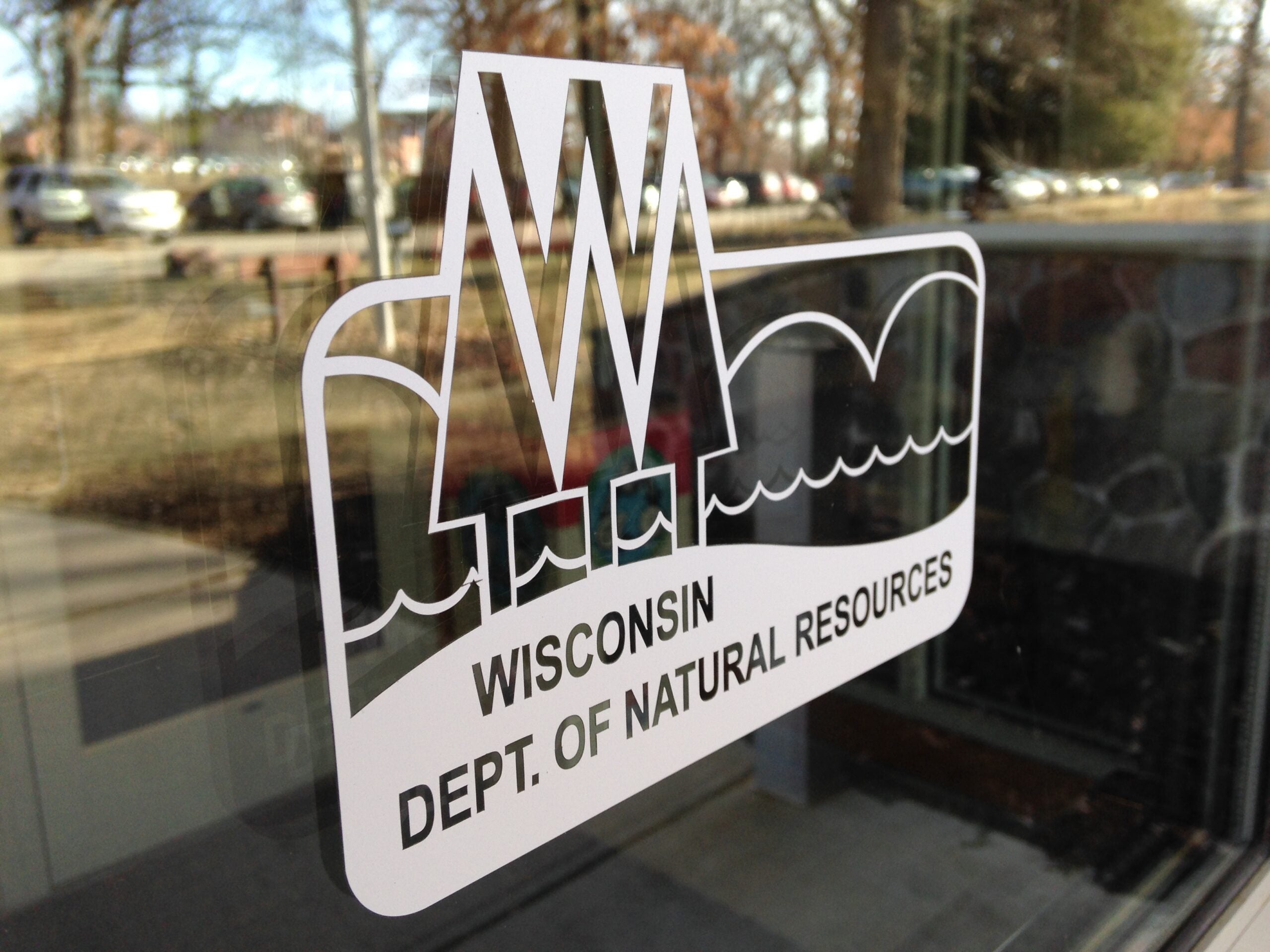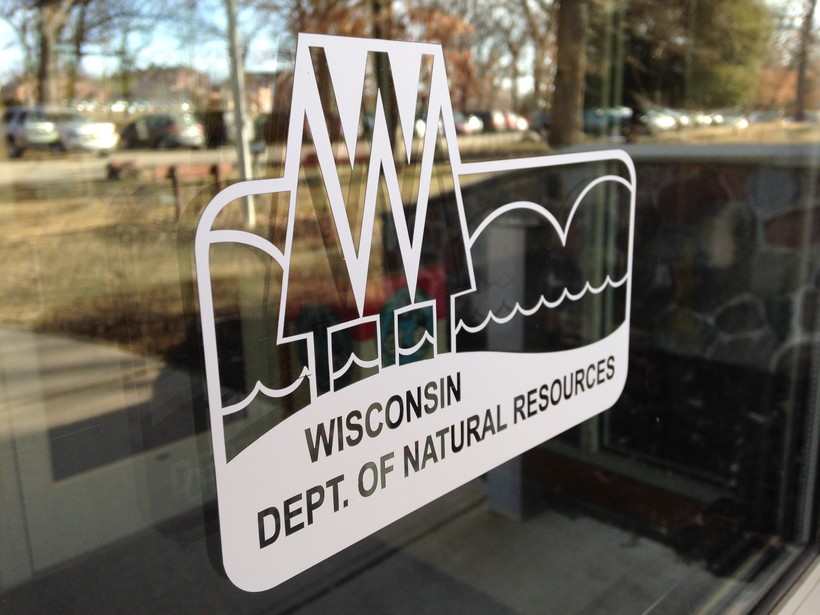A lawsuit filed against the Wisconsin Department of Natural Resources seeks to overturn the agency’s guidance on when people have the right to use public waterways, arguing it’s an unlawful policy that expands public access.
Waterfront property owner Thomas Reiss of Ixonia is suing the agency, DNR Secretary Adam Payne and its policymaking board in Jefferson County Circuit Court. According to the July 11 complaint, Reiss and his attorneys argue agency documents that say people may use public water bodies as long as they “keep their feet wet” contradict state law and the state’s public trust doctrine.
That doctrine holds that navigable waters are protected by the state for the benefit of the public. The DNR enforces the public’s rights to use those waterways up to the ordinary high water mark or a distinctive mark on the shoreline.
News with a little more humanity
WPR’s “Wisconsin Today” newsletter keeps you connected to the state you love without feeling overwhelmed. No paywall. No agenda. No corporate filter.
Reiss and his attorneys argue people using airboats are trespassing beyond that point when the nearby Rock River floods his land during times of high water. Attorneys say airboat operators claim the DNR’s guidance justifies their use of standing water on his land, resulting in extraordinary noise and damage to his property. They say the Jefferson County Sheriff has refused to cite people for trespassing.
“(T)he guidance causes law enforcement’s confusion and inaction in response to members of the public trespassing on the Reiss Property in reliance on the guidance,” the complaint states.
Attorneys for Reiss didn’t immediately respond to a request for comment Tuesday. They want the court to declare that the DNR’s guidance is an unlawfully adopted rule that contradicts state law and can’t be enforced. They say the agency’s authority to enforce the public’s rights under the public trust doctrine doesn’t extend beyond navigable waters or land above the ordinary high water mark. They note the agency’s documents tell property owners they have “exclusive use” of exposed lake or river beds during low water levels.
“But none clearly and explicitly addresses the limits on public access beyond the (ordinary high water mark) during flooding or extraordinary high-water levels,” the complaint states.
A DNR spokesperson declined to comment on pending litigation. In a letter issued prior to the lawsuit, a DNR attorney said the public’s right to use navigable waters isn’t determined by “any law or policy enforced or administered by the department,” but rather the Wisconsin Constitution and interpretation of case law.
DNR Staff Attorney Michael Kowalkowski said the DNR hasn’t asserted any authority over the lands in question. He also said the agency hasn’t advised members of the public that they may or may not access water flooding the Reiss property when the Rock River is high.
“As has been previously communicated to you, the actions of members of the public are not subject to the department’s control,” wrote Kowalkowski. “Any issue your client has with where members of the public traverse may be a matter of trespass or damage to property, which must be addressed at the local level where authority for enforcement of the law lies.”
Kowalkowski noted the agency hasn’t determined the ordinary high water mark on the Reiss property or whether water on his land is navigable. The agency defines navigable waters as any waterway that can float a canoe or small watercraft at some time during the year. Attorneys for Reiss argue airboats are designed to operate in only inches of water.
Rob Lee, an attorney for Midwest Environmental Advocates, said the lawsuit may be premature since the DNR hasn’t issued determinations on navigability or where that water mark lies on the Reiss property. Even so, he said it highlights conflict that can arise between private property rights and the public’s rights to use waterways during times of high water.
“There could be some tension between people who can no longer see where the ordinary high water mark is because it’s submerged …and (waterfront property owners) who do have a general idea where it is getting upset because that boundary is being crossed and they think that is their private property,” Lee said.
A new DNR rule that went into effect this month has set up a process for landowners to request determinations about the navigability of waters on their property or where the ordinary high water mark lies. Lee said seeking those determinations could potentially prevent conflicts between the public and private property owners like Reiss.
“I think having those determinations could very well empower them here and make their case all the stronger if there does remain an issue,” Lee said. “At this point, we just don’t know.”
Wisconsin Public Radio, © Copyright 2025, Board of Regents of the University of Wisconsin System and Wisconsin Educational Communications Board.







